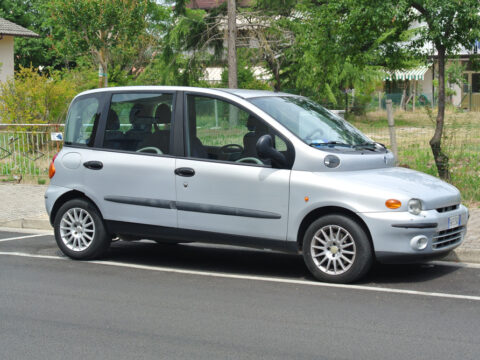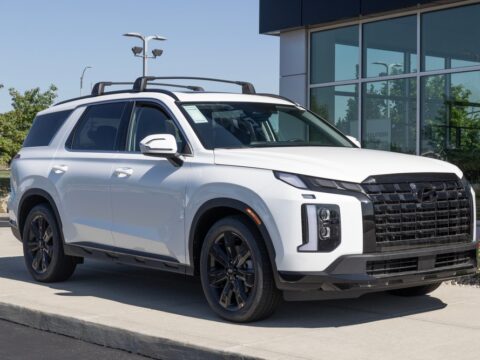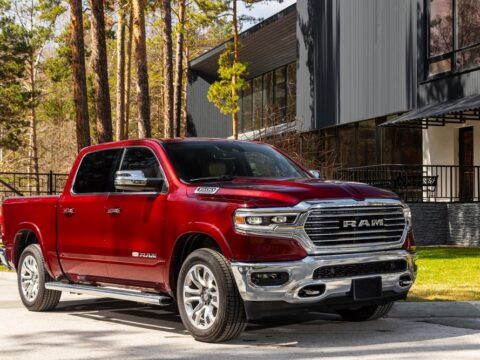Aviation has seen remarkable advancements over the years, transforming how we travel and experience the skies. From cutting-edge safety features to luxurious comforts, these innovations have made flying more efficient, safer, and more enjoyable. In this article, we’ll explore 15 of the most surprising airplane innovations in aviation history that have truly changed the game.
Contents
Jet Engines
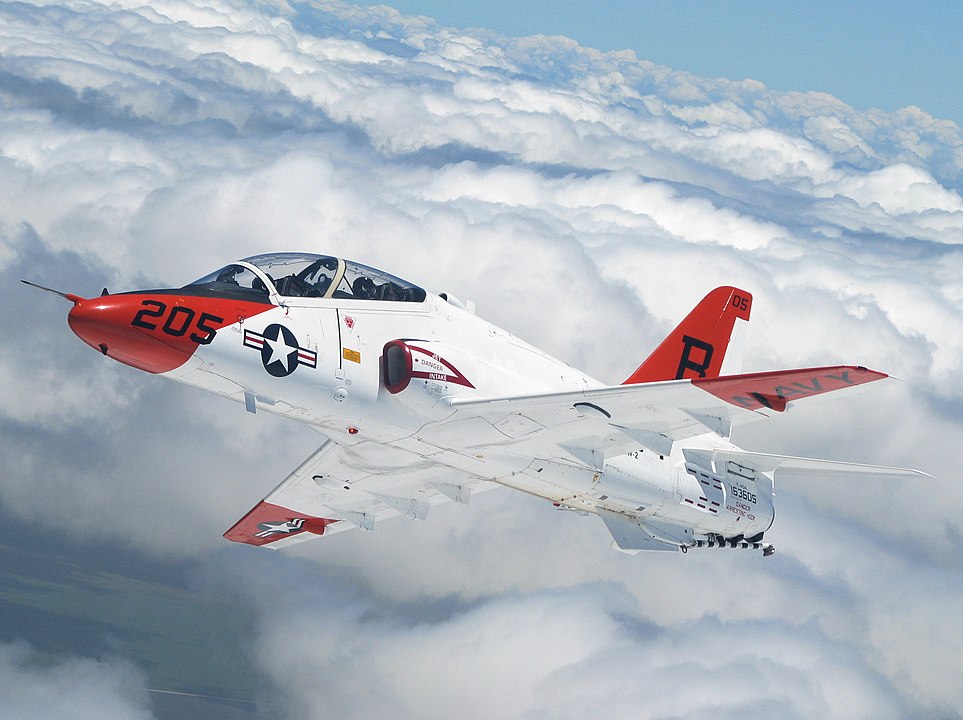
Jet engines increased the speed and efficiency of air travel, making long-haul flights more feasible. Unlike piston engines, jet engines provide a higher power-to-weight ratio, allowing aircraft to travel faster and higher. This innovation enabled the rapid expansion of global air travel networks.
Fly-by-Wire Technology
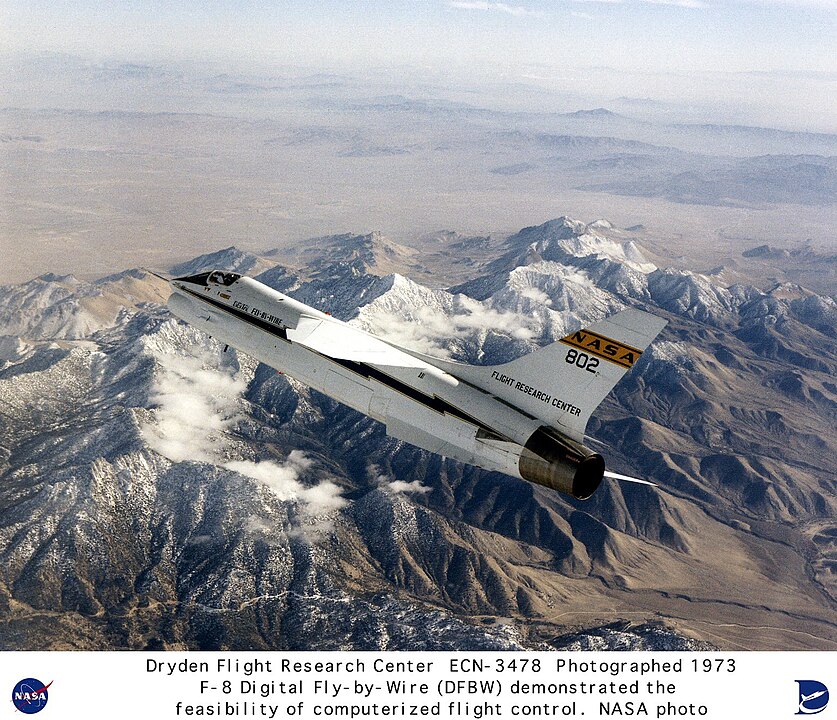
Fly-by-wire technology replaced traditional manual flight controls with electronic systems, enhancing control and safety. This innovation allows for more precise maneuvering, reduces the risk of mechanical failure, and integrates seamlessly with autopilot and other advanced avionics.
Composite Materials

The use of composite materials made aircraft lighter and more fuel-efficient. These materials, such as carbon fiber-reinforced polymers, are stronger and lighter than traditional aluminum. The Boeing 787 Dreamliner and Airbus A350 are prime examples, utilizing composites to achieve significant weight savings and fuel efficiency.
Winglets
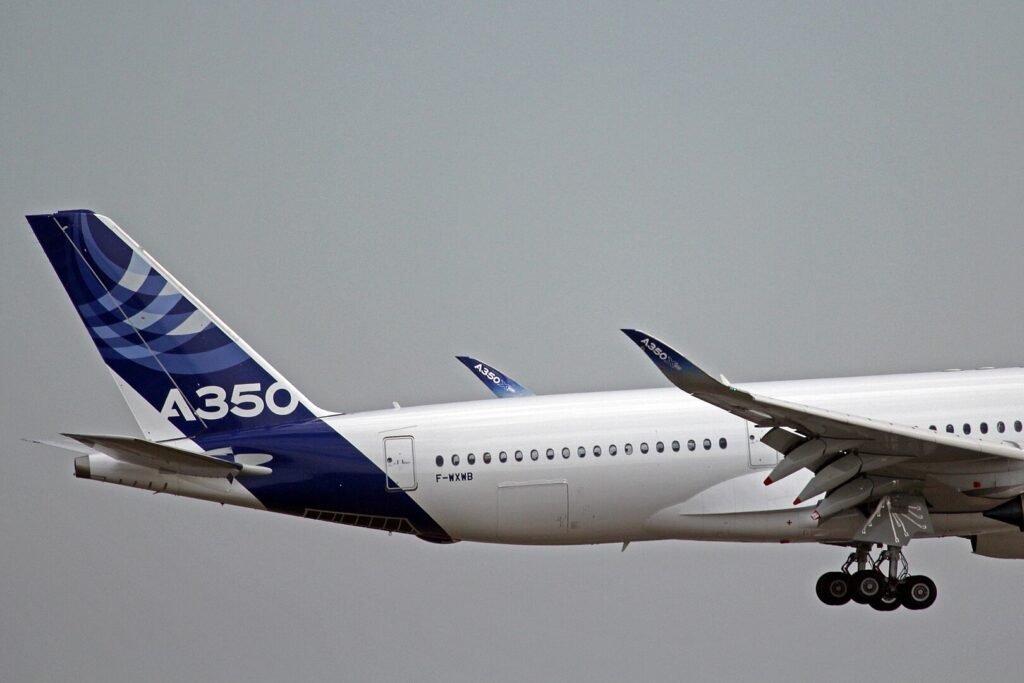
Winglets are vertical extensions on the tips of airplane wings that improve aerodynamics and fuel efficiency. By reducing drag, winglets help aircraft save fuel and increase range. They also contribute to smoother flight by reducing turbulence.
Pressurized Cabins
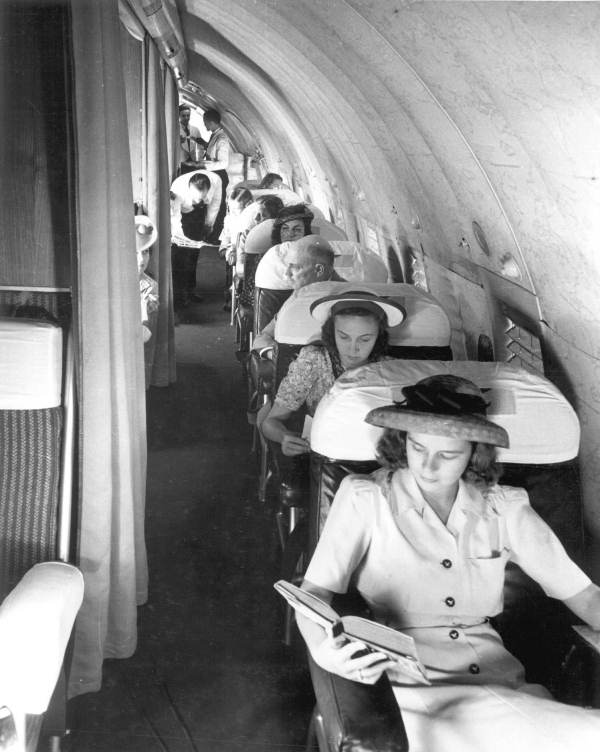
Pressurized cabins enabled high-altitude flying with greater passenger comfort. This innovation allowed commercial jets to fly above weather disturbances and achieve faster, more fuel-efficient travel. Passengers experience a more stable and comfortable flight environment.
In-Flight Entertainment Systems
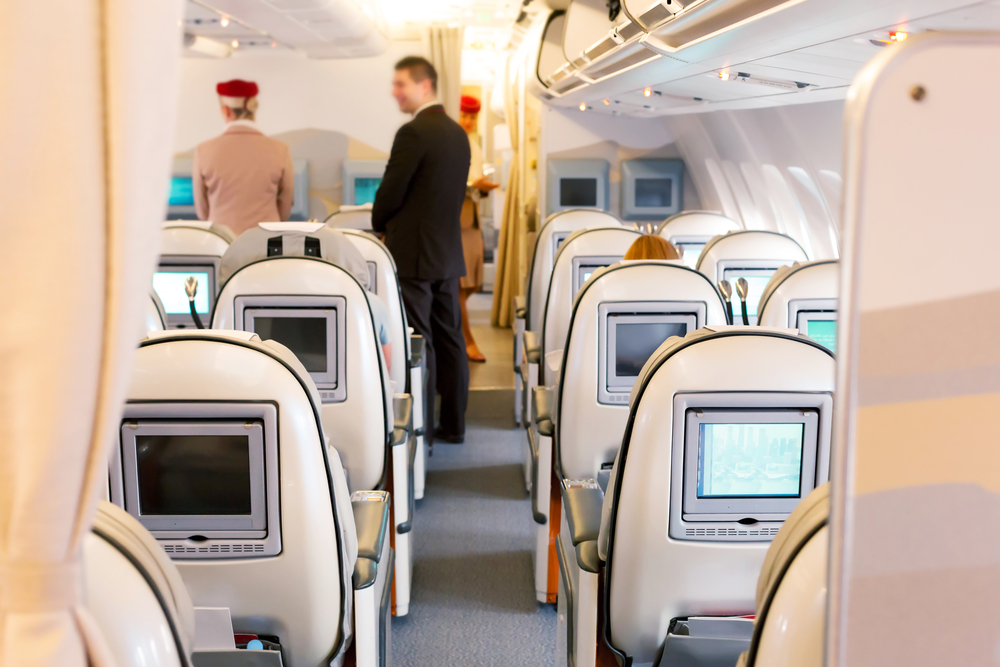
In-flight entertainment systems enhanced passenger experience by offering movies, games, music, and more. These systems, evolving from overhead screens to personal touchscreens, help passengers pass the time during long flights and improve overall satisfaction.
Glass Cockpits
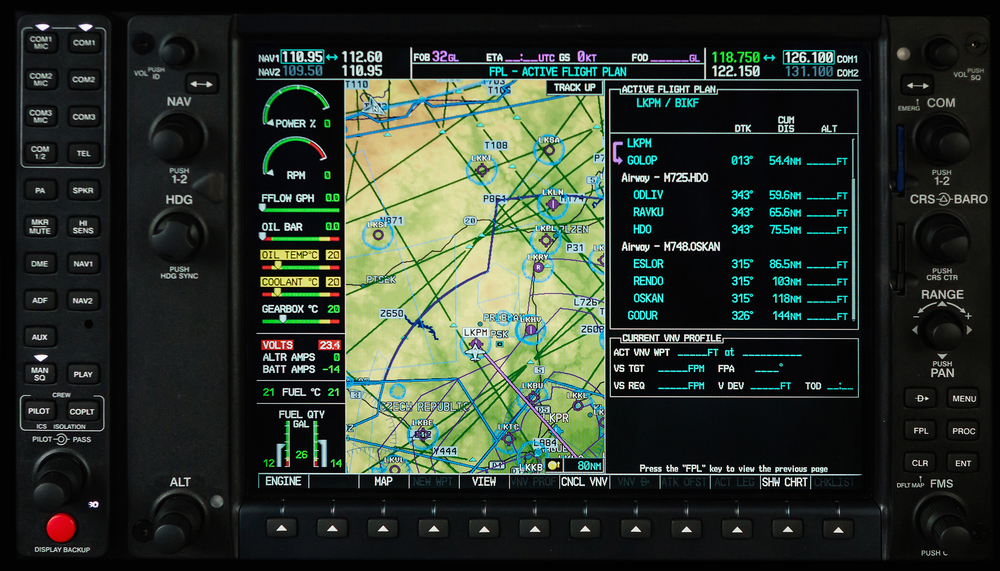
Glass cockpits replaced analog dials with digital displays, improving pilot situational awareness. These advanced displays integrate flight information, navigation, and system status into intuitive screens, reducing pilot workload and enhancing safety.
Weather Radar Systems
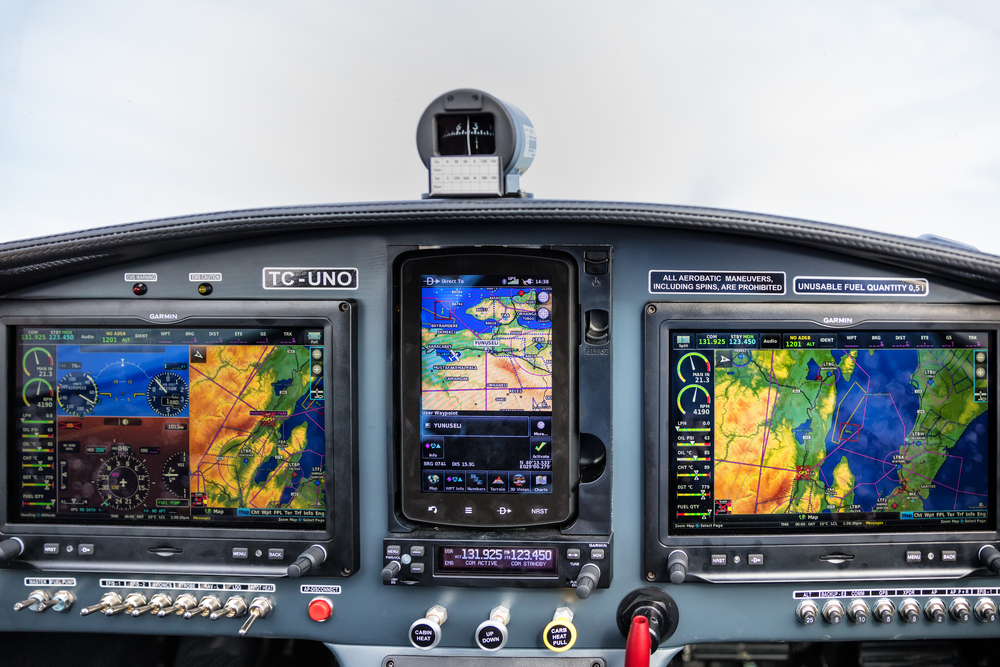
Weather radar systems allow pilots to detect and avoid severe weather, improving safety and comfort. These systems provide real-time data on storms, turbulence, and wind patterns, helping pilots make informed decisions during flights.
Noise-Reducing Engine Technology
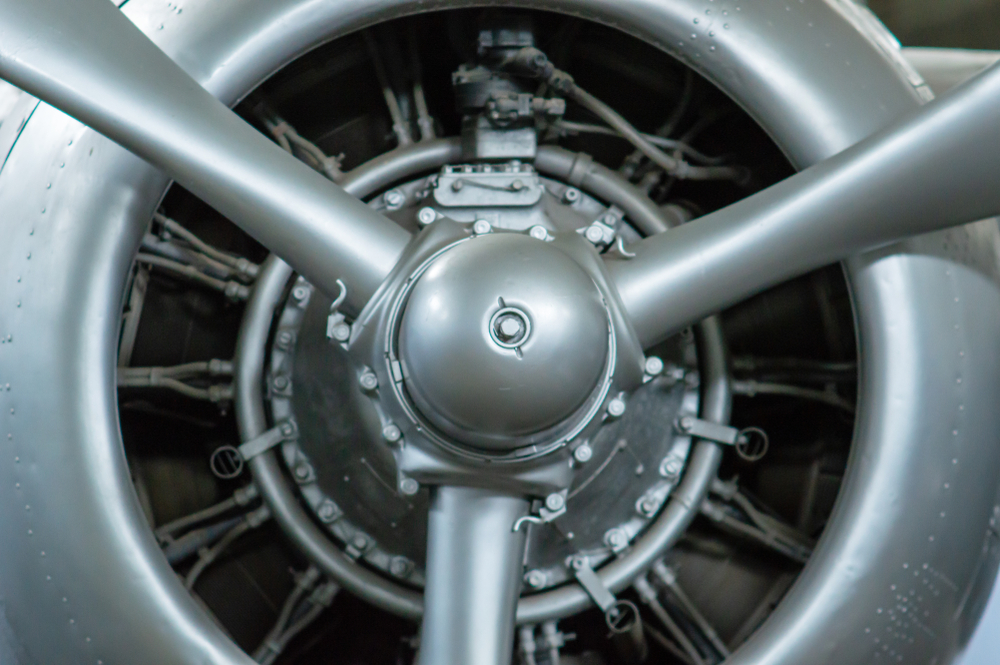
Noise-reducing engine technology made flights quieter and more environmentally friendly. Innovations like high-bypass turbofans and chevron nozzles reduce noise pollution, benefiting both passengers and communities near airports.
Airbus A380 Double-Decker Design
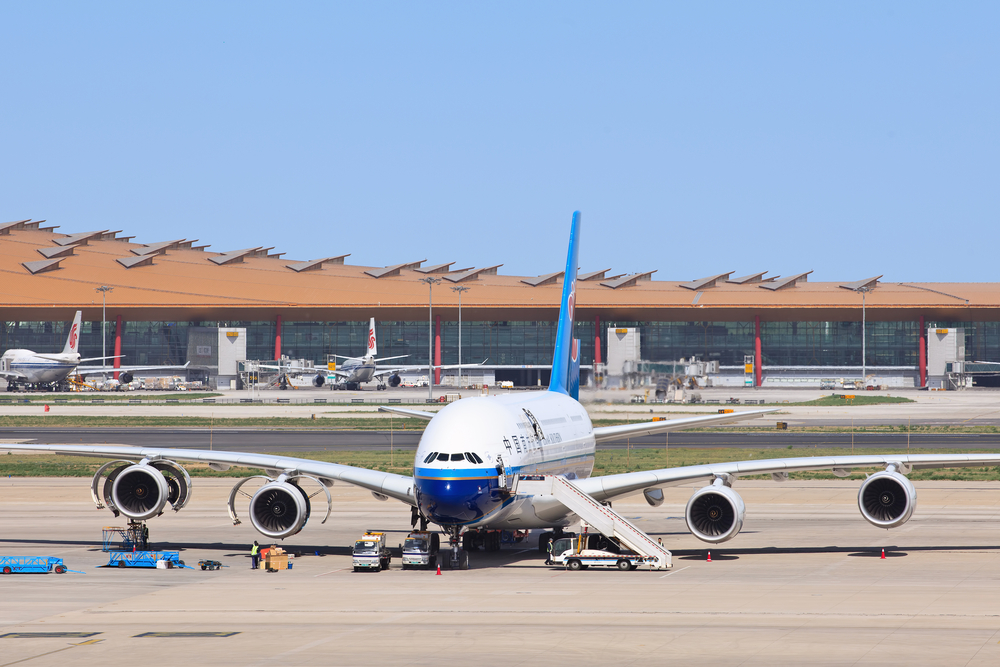
The Airbus A380’s double-decker design significantly increased passenger capacity. With its two full-length passenger decks, the A380 can carry more passengers than any other commercial aircraft, making it ideal for high-density routes.
Boeing 787 Dreamliner’s Composite Structure
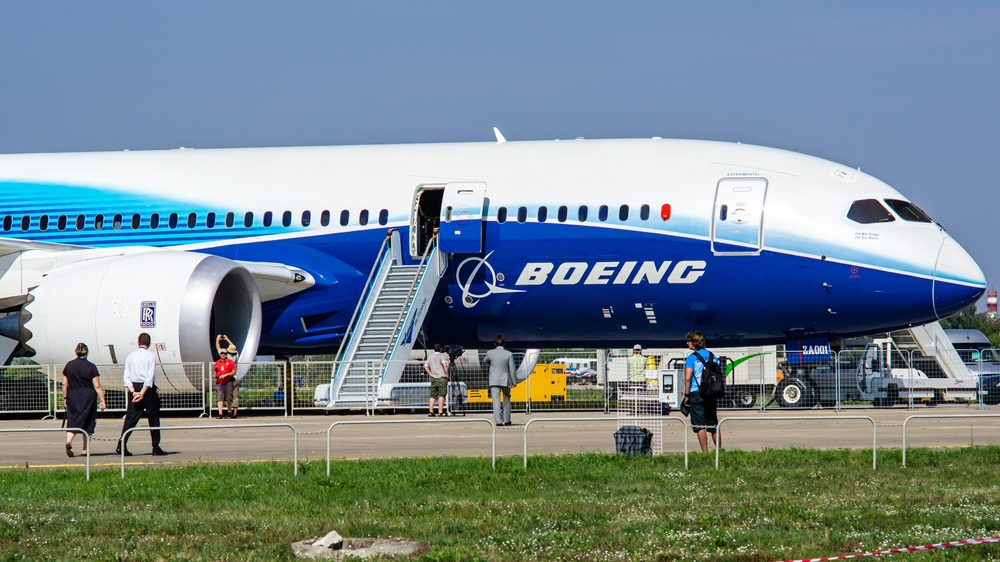
The Boeing 787 Dreamliner’s composite structure reduced weight and increased fuel efficiency. Using a high percentage of composite materials, the Dreamliner achieves greater fuel savings and lower maintenance costs, representing a leap forward in aircraft design.
In-Flight Wi-Fi
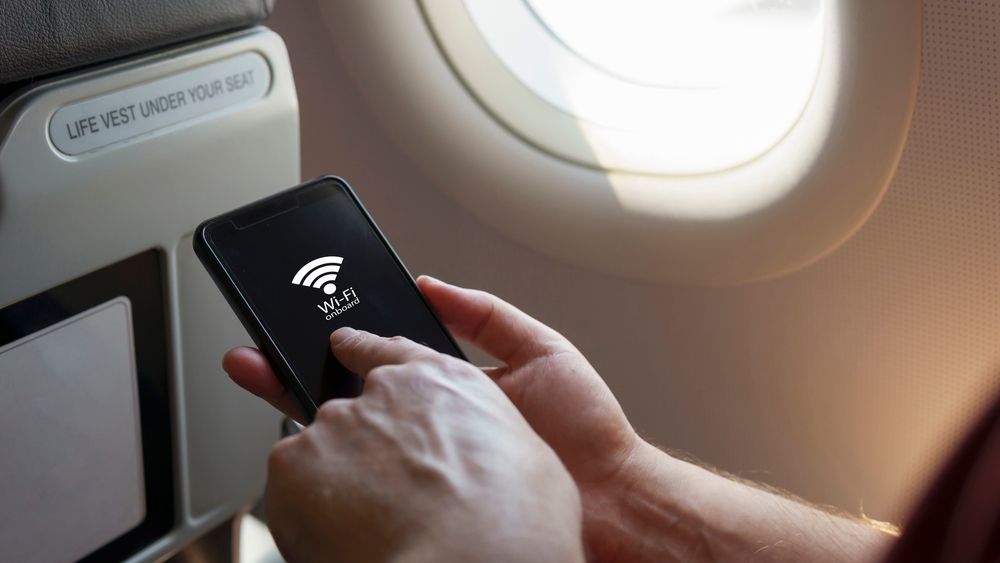
In-flight Wi-Fi keeps passengers connected even at 35,000 feet. This innovation allows travelers to stay productive, entertained, and in touch with loved ones, significantly enhancing the in-flight experience.
NextGen Air Traffic Control System

The NextGen air traffic control system improved efficiency and reduced delays. By using satellite-based navigation and advanced communication technologies, NextGen optimizes air traffic flow, enhances safety, and minimizes environmental impact.
Variable Camber Wings
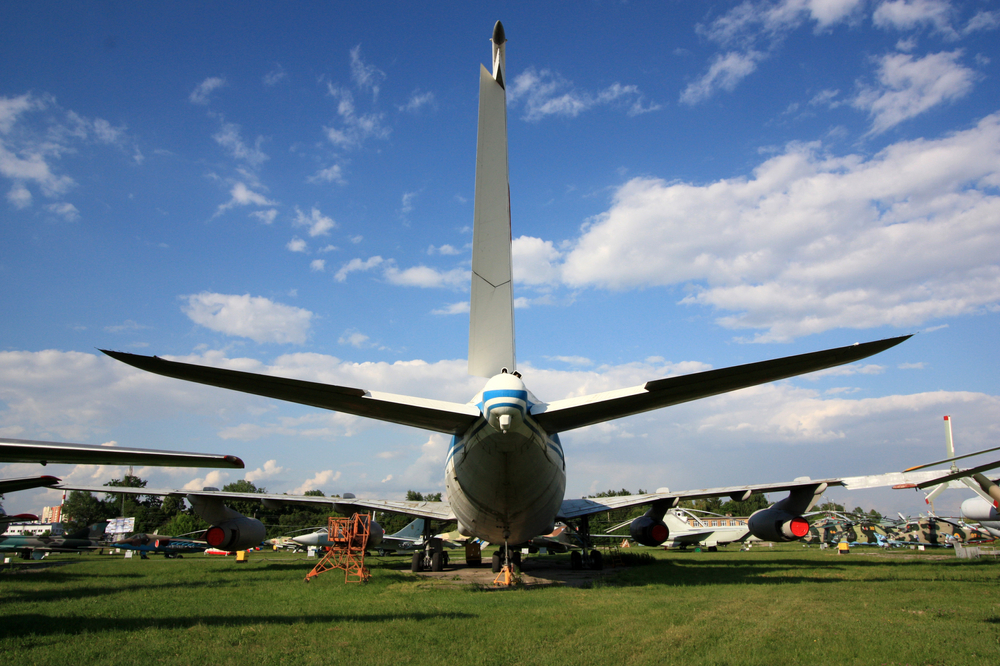
Variable camber wings adjust wing shape for better performance in different flight phases. This innovation allows for optimal lift and drag characteristics during takeoff, cruising, and landing, improving overall efficiency and handling.
Raked Wingtips
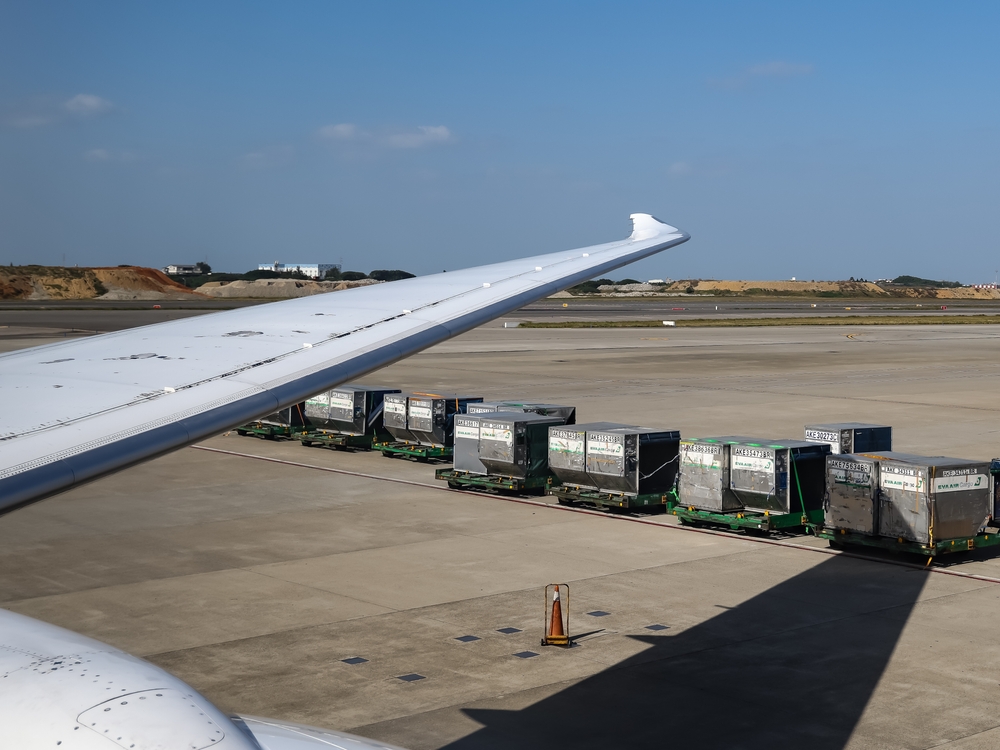
Raked wingtips further improved aerodynamics and fuel efficiency. By extending the wingtip and angling it backward, this design reduces drag and enhances the aircraft’s performance, contributing to fuel savings and longer ranges.
This article originally appeared in MyCarMakesNoise.
More from MyCarMakesNoise
20 Rare Ford Trucks You Won’t Believe Exist

Ford has a long history of producing reliable and versatile trucks, but some models are less well-known than others. These unique Ford trucks stand out for their rare designs, limited production runs, or innovative features. Read More.
10 ATVs That Redefine Speed and Adventure

If you’re seeking the thrill of high-speed off-roading, these ATVs are built to deliver. In this list, we’ve gathered 10 models that not only push the limits of speed but also offer the ultimate adventure experience. Read More.
Top 25 Motorbikes Engineered for Ultimate Speed and Precision
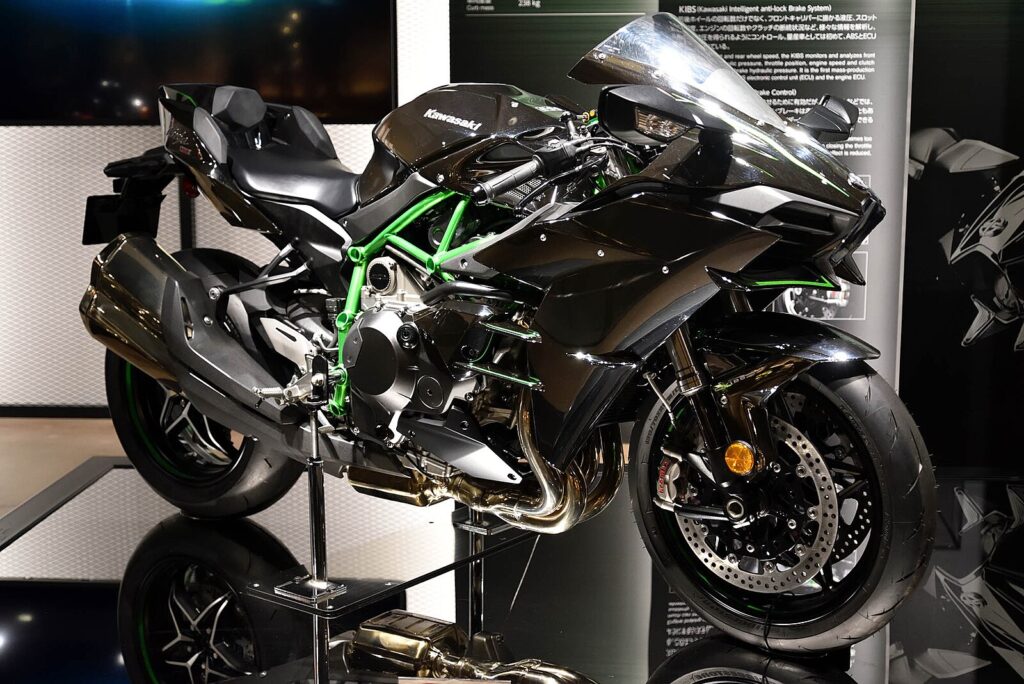
When it comes to motorbikes, speed and precision are often the ultimate goals for riders who crave performance. The following list highlights the top 25 motorbikes that have been meticulously engineered to deliver unparalleled speed and razor-sharp handling. Read More.

